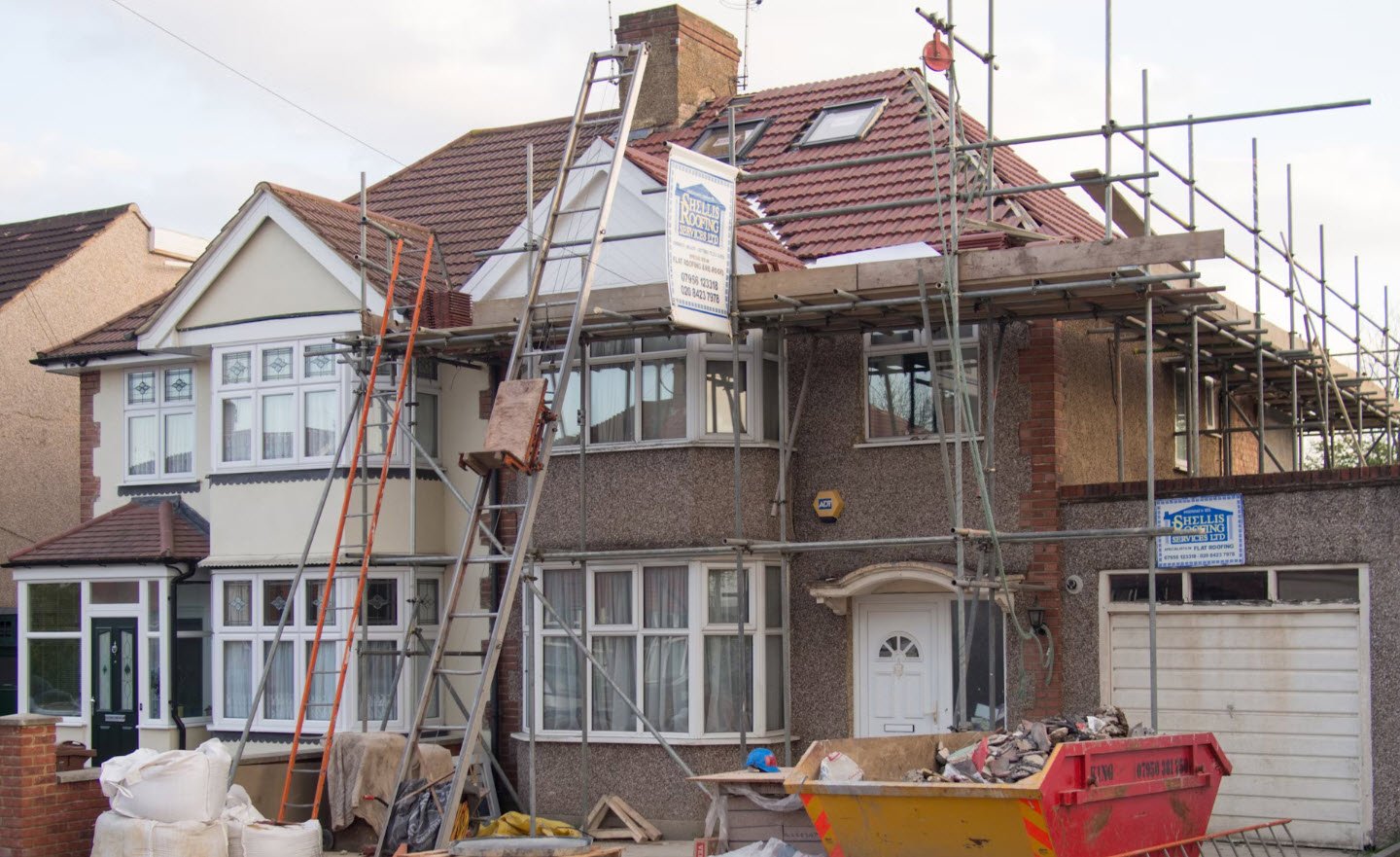
When it comes to purchasing a new home, the excitement of finding the perfect property can sometimes overshadow essential considerations, especially when it comes to plumbing. A thorough plumbing inspection is crucial before making a home purchase to avoid potential issues and unforeseen expenses down the road.
In this article, we’ll guide you through a comprehensive home buyer’s plumbing checklist to help you make an informed decision.
1. Hot Water Systems
Start your plumbing inspection by examining the hot water system. Check the age and condition of the water heater, as these units have a lifespan of around 10-15 years. Look for signs of corrosion, leaks, or rust on the tank.
Moreover, inquire about the maintenance history and ensure the system meets the hot water demands of your household.
2. Water Leaks
Water leaks can be a silent but destructive issue in a home. Thoroughly inspect each room for signs of water damage, including stains on walls or ceilings, musty odors, and warped flooring. Pay attention to areas around sinks, toilets, and appliances that use water.
Addressing leaks promptly can prevent extensive damage and mold growth.
3. Sewers & Pipes
A crucial aspect of the plumbing system is the condition of sewer lines and pipes. Find out if the home has undergone a sewer inspection, as this can reveal potential blockages, tree root intrusions, or other issues in the sewer line.
Ask about the material of the pipes, as different materials have varying lifespans and susceptibility to corrosion.
4. Water Efficiency
In an era where environmental consciousness is paramount, checking the water efficiency of the home is essential. Verify the types of fixtures installed, such as low-flow toilets and water-saving faucets.
This not only reduces water consumption but can also lower utility bills in the long run.
5. Knock on Tiles
Bathroom and kitchen tiles can be a great indicator of underlying plumbing issues. Give tiles a gentle knock, listening for any hollow sounds. Hollow tiles may suggest water damage, indicating potential leaks behind the walls.
Additionally, inspect the grout for any signs of deterioration or discoloration.
6. Roof and Guttering
While it may not be immediately associated with plumbing, the roof and guttering system plays a significant role in preventing water damage. Inspect the roof for missing or damaged shingles, as well as signs of water pooling.
Check gutters for debris and ensure they are securely attached. A well-maintained roof and gutter system contribute to overall plumbing health by directing water away from the foundation.
7. Plumbing Inspection
Consider hiring a professional plumber to conduct a comprehensive plumbing inspection. They can assess the condition of pipes, fixtures, and appliances, identifying any potential issues that might not be visible to the untrained eye.
A plumbing inspection provides a more in-depth understanding of the home’s plumbing system, allowing you to make a well-informed decision.
Conclusion
A diligent plumbing inspection is a crucial step in the home-buying process, ensuring that your dream home doesn’t come with hidden plumbing nightmares. From hot water systems to sewer lines, each aspect plays a role in the overall functionality of the home.
By following this comprehensive plumbing checklist, you’ll be better equipped to identify and address potential issues, paving the way for a leak-free and smoothly functioning home for years to come.
You may also like:- Don’t Buy A House In These 5 US Cities
- A Guide to Prepare for Your First Home Purchase
- A Comprehensive Guide to Saving on Major Appliances
- How to Save on Home Improvement – Cost-Effective Tips for Enhancing Your Space
- Practical Tips and Strategies for Saving Money on Furniture Purchases
- 51 House Cleaning Shortcuts to Save Time and Effort
- 5 Signs of a Good Air Duct Cleaning
- Tenant’s Guide – 5 Things to Remember When You Move In
- 7 Simple Reasons Why You Need a Network Security Camera for Your Home
- Fire Safety Checklist for Home – A Comprehensive Guide








